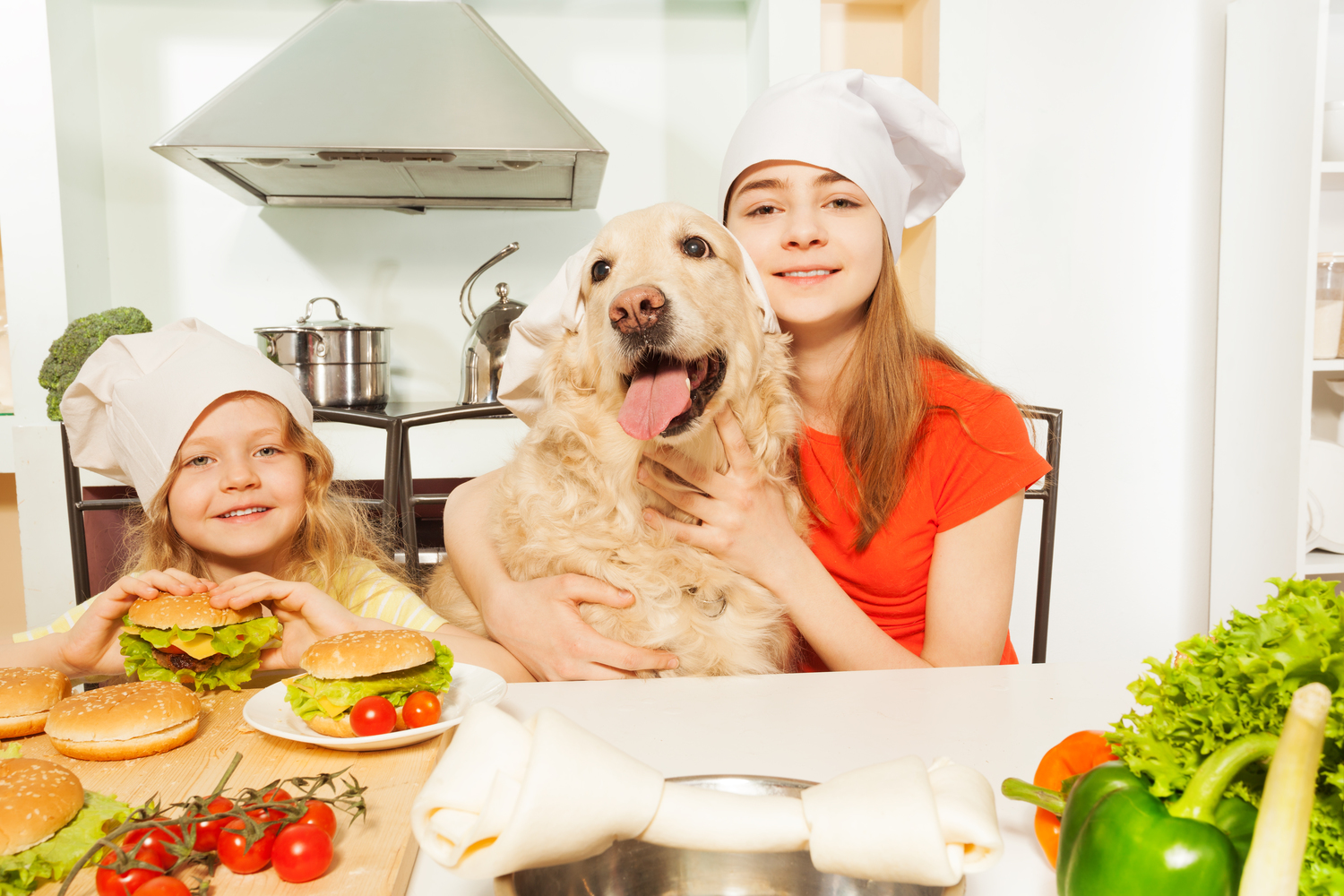
4 Feeding Tips For A Happy, Healthy Dog
We all love our pets. After all, they’re part of the family. However, many of us are guilty of feeding our pooches more than exercising them. When’s the last time you took your dog for a hike or had a good game of frisbee at the park? Sadly, if you sway more on the feeding and treating side than the exercise side, you may be shortening your precious pooch’s life. If you’re dog is overweight or obese, he or she may not live as long.
According to the American Veterinary Association, almost 60% of pets come in for annual checkups at the vet and weigh in over the healthy, average amount. And who’s fault do you think that is? I’m looking at you, pet owners. Vets agree that feeding is the main source of excess weight in dogs. And on average, dogs at a healthy weight, live about 15% longer than their overweight counterparts. So here are a few tips to keep you canine as healthy as possible and avoid health issues such as arthritis, diabetes, heart disease, and more:
1. Floor score and scraps
When it comes to feeding your dog from your plate, you’re literally doing them a disservice no matter how good it feels at the time. Human food is not only not safe for dogs, it can be toxic. Canned or kibble dog food contains a natural balance of vitamins and nutrients to prevent malnourishment, but when you feed your dog people food, he’s suddenly not interested in his food and may suffer nutritional deficiencies because of it. Also, steer clear of known toxic people foods for dogs (i.e., chocolate, fruit with pits, onions and garlic, etc.).
2. Limit treats
I know as humans we’re often tempted to have ice cream or popcorn for dinner, but we know in our heart of hearts that snack foods don’t fulfil our recommended daily nutritional requirements. The same goes for treating your dog. Vets will tell you that treats should only make up 10% of a dog’s daily calories whereas a well balanced dog food should make up the remaining 90%. So rather than calorie-laden treats, treat your dog with a walk (or any time spent with you) or try low calorie treats like raw or frozen green beans, blueberries, or cucumber slices.
3. Don’t free feed
Dogs are born scavengers so if you leave a full food bowl out for them, they’ll keep eating to the point of gorging themselves…and still want more if it’s offered. It’s in a canine’s nature to eat when food is available. As wild dogs, after all, they’re ancestors often had to scavenge for the next meal. So now that you’re dog is in your care, you can use portion control and scheduled meal times to control their food intake to keep it balanced and nutritious while managing a healthy weight.
4. Have fun with food
As mentioned, dogs are scavengers by nature, meaning their great, great, great, great ancestors hunted and fought for meals. So have some fun by tapping into their wild nature by making a challenge out of eating. Put their treats in a kong toy or a food puzzle, which tempts them to play as it dispenses tasty morsels.


